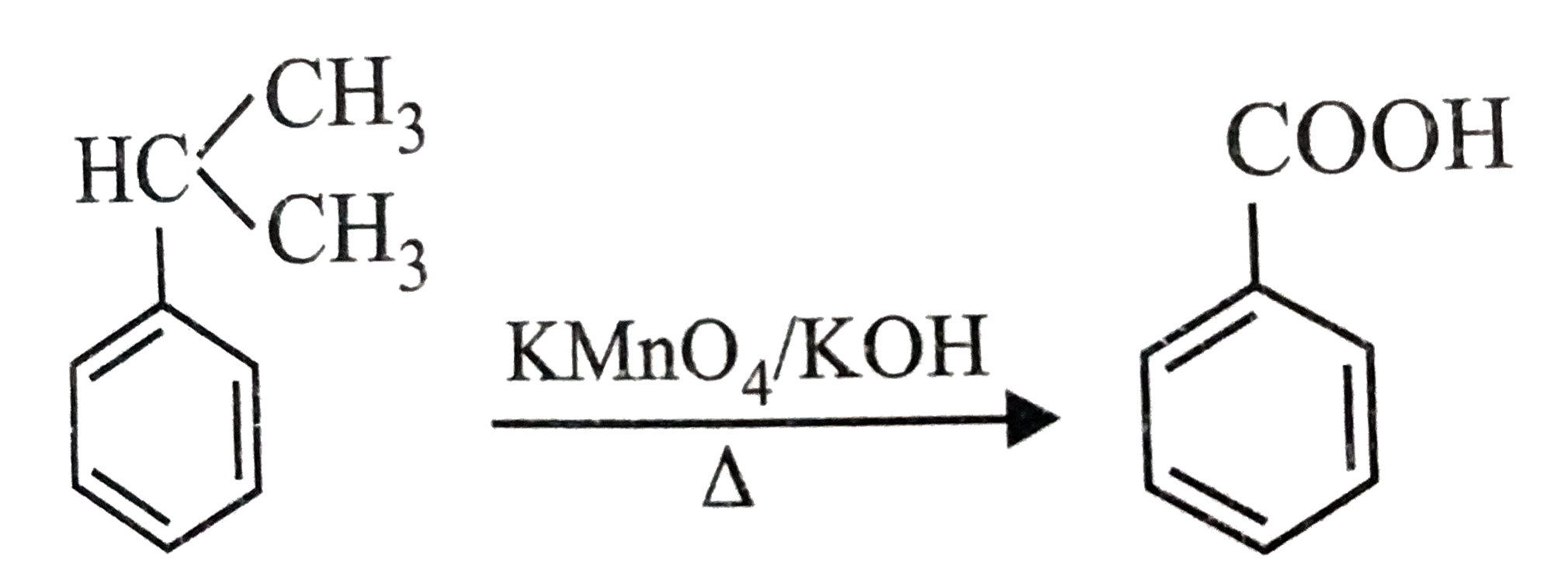Which one the following reactions does not occur during extraction of copper?
CaO+SiO2→CaSiO3
2Cu2S+3O2→2Cu2O+2SO2
FeO+SiO2→FeSiO3
2FeS+3O2→2FeO+2SO2
The correct Answer is:A
To determine which reaction does not occur during the extraction of copper, let's analyze the typical steps involved in the extraction process.
1. Understanding the Extraction Process:
- Copper is primarily extracted from its ores, such as chalcopyrite (CuFeS₂). The extraction process involves several steps, including roasting, smelting, and refining.
2. Roasting of Chalcopyrite:
- The first step is the roasting of chalcopyrite (CuFeS₂) in the presence of oxygen. This partial roasting leads to the formation of copper(I) sulfide (Cu₂S), iron(II) oxide (FeO), and sulfur dioxide (SO₂).
- The reaction can be represented as:
2CuFeS2+3O2→2Cu2S+2FeO+2SO2
3. Oxidation of Copper(I) Sulfide:
- The next step involves the oxidation of copper(I) sulfide (Cu₂S) to produce copper metal and sulfur dioxide. The reaction is:
2Cu2S+3O2→4Cu+2SO2
4. Formation of Slag:
- The iron(II) oxide (FeO) produced during roasting reacts with silica (SiO₂) to form slag, which is primarily calcium silicate (CaSiO₃). The reaction is:
FeO+SiO2→FeSiO3(slag)
5. Identifying the Reaction Not Involved:
- The question asks for a reaction that does not occur during the extraction of copper. From the information provided, the formation of calcium silicate (CaSiO₃) does not occur in the extraction of copper. Instead, iron silicate (FeSiO₃) is formed as slag.
Conclusion:
The reaction that does not occur during the extraction of copper is the formation of calcium silicate (CaSiO₃). Therefore, the correct answer is option 1.
---
- Copper is primarily extracted from its ores, such as chalcopyrite (CuFeS₂). The extraction process involves several steps, including roasting, smelting, and refining.
- The first step is the roasting of chalcopyrite (CuFeS₂) in the presence of oxygen. This partial roasting leads to the formation of copper(I) sulfide (Cu₂S), iron(II) oxide (FeO), and sulfur dioxide (SO₂).
- The reaction can be represented as:
2CuFeS2+3O2→2Cu2S+2FeO+2SO2
- The next step involves the oxidation of copper(I) sulfide (Cu₂S) to produce copper metal and sulfur dioxide. The reaction is:
2Cu2S+3O2→4Cu+2SO2
- The iron(II) oxide (FeO) produced during roasting reacts with silica (SiO₂) to form slag, which is primarily calcium silicate (CaSiO₃). The reaction is:
FeO+SiO2→FeSiO3(slag)
- The question asks for a reaction that does not occur during the extraction of copper. From the information provided, the formation of calcium silicate (CaSiO₃) does not occur in the extraction of copper. Instead, iron silicate (FeSiO₃) is formed as slag.
The reaction that does not occur during the extraction of copper is the formation of calcium silicate (CaSiO₃). Therefore, the correct answer is option 1.
Topper's Solved these Questions
Similar Questions
Knowledge Check
- Question 1 - Select One
Which of the following reactions does not occur ?
A B
B C
C D
D
- Question 2 - Select One
Which of the following reaction does not occur ?
AF2+2Cl−→2F−+Cl2BBr2+2I−→2Br−+I2CCl2+2Br−→2Cl−+Br2DI2+2Cl−→2I−+Cl2 - Question 3 - Select One
Which of the following reactions does not occure ?
AF2+2Cl−+→2F−+Cl2BCl2+2F−→2Cl−+F2CBr2+2I−→2Br−+I2DCl2+2Br−→2Cl−+Br2
Which of the following reaction does NOT occur ?
View SolutionWhich one of the following reactions does not occur ?
View SolutionWhich one of the following reactions does not occur?
View SolutionWhich one of the followign reactions does not occur ?
View SolutionWhich of the following reactions does not occur during calcination?
View Solution

